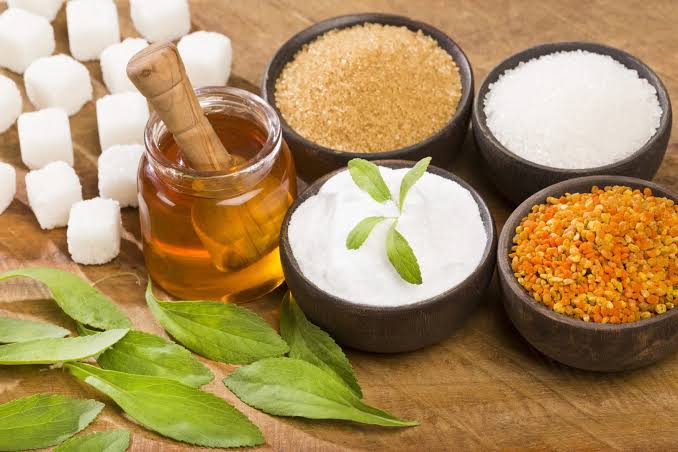1. Market Outlook: Regulatory Green Lights Ignite Global Demand
Explosive Growth in a $6.9 Billion Horizon
The global organic allulose syrup market, valued at $127 million in 2024, is projected to surge to $696 million by 2030, boasting a 32.78% CAGR. This meteoric rise is fueled by:
- Regulatory Tailwinds: China’s National Health Commission announced draft approval for allulose as a novel food ingredient in March 2025, unlocking access to the world’s largest diabetic population (114 million sufferers).
- Clean-Label Dominance: With 70% of U.S. consumers prioritizing “no artificial sweeteners” (SPINS 2024), allulose’s non-GMO, plant-based credentials align perfectly with keto, paleo, and diabetic-friendly diets.
- Sugar Tax Evasion: As 43 countries impose sugar taxes, allulose’s 0.4 kcal/g calorie count (10% of sucrose) and 0 glycemic index make it a fiscal and nutritional loophole for beverage giants.
Competitive Edge Over Alternatives:
While erythritol faces scrutiny over digestive issues and stevia battles aftertaste complaints, allulose delivers 90% sucrose-like sweetness without bitterness, making it ideal for dairy, baked goods, and functional beverages.
2. Health-Driven Innovation: Beyond Sweetness
Multifunctional Benefits Reshaping Categories:
- Metabolic Health: Clinical trials show 10g allulose reduces postprandial blood glucose spikes by 20% when paired with high-carb meals. Brands like RXBAR now integrate it into “glycemic-safe” energy bars targeting diabetics.
- Gut Microbiome Optimization: Allulose acts as a prebiotic, boosting Bifidobacterium populations by 35% in human trials—a key selling point for synbiotic yogurts and fermented drinks.
- Neuroprotective Potential: Emerging research highlights its ability to increase glutathione levels by 50% in neural cells, positioning it in brain-health supplements and anti-aging nutraceuticals.
Beauty-from-Within Breakthroughs:
L’Oréal’s 2024 launch of “Sweet Glow” collagen gummies—featuring allulose for both sweetness and oxidative stress reduction—demonstrates crossover potential into the $7.4 billion ingestible beauty market.
3. Formulation Challenges & Cutting-Edge Solutions
The Maillard Reaction Conundrum:
Allulose’s reducing properties accelerate browning in neutral/alkaline environments, limiting its use in RTD teas and baked goods. However, breakthroughs from Ingia Biosynthetic reveal:
- Acidic Stability: 10% allulose solutions remain color-stable at pH ≤5, making them ideal for citrus-infused seltzers and probiotic drinks.
- Dairy Dilemma Solved: By limiting heating of allulose-milk blends to <80°C and 40 minutes, manufacturers can prevent undesirable caramelization in protein shakes.
Tech-Driven Optimization:
- Encapsulation Tech: Startups like NuSweet use lipid nano-encapsulation to delay Maillard reactions in bakery applications.
- AI Blending Algorithms: Brightseed’s platform identifies optimal allulose-erythritol ratios to mask erythritol’s cooling effect while maintaining cost efficiency.
4. Regional Hotspots & Strategic Plays
North America:
- GRAS & Labeling Wins: The FDA’s 2024 update allowing “Allulose Syrup” as a standalone ingredient (vs. “rare sugar”) has spurred innovation in keto ice creams, with Halo Top reporting 18% sales uplift post-reformulation.
- Sports Nutrition Boom: GU Energy’s allulose-based “Hydration+”
Continue to the full version for deep dives into:
- Asia-Pacific’s functional beverage revolution (e.g., PepsiCo’s allulose-infused oolong tea in China)
- Europe’s circular economy push: Upcycling citrus waste into allulose via enzymatic tech
- Investment strategies for co-manufacturers: Why dual-facility setups (liquid/powder) are critical
The clock is ticking—global allulose demand already outpaces supply by 15% (Ecovia Intelligence, Q1 2025). Stakeholders must act now to secure partnerships with pioneers like Ingia Biosynthetic and So True Biotech.
